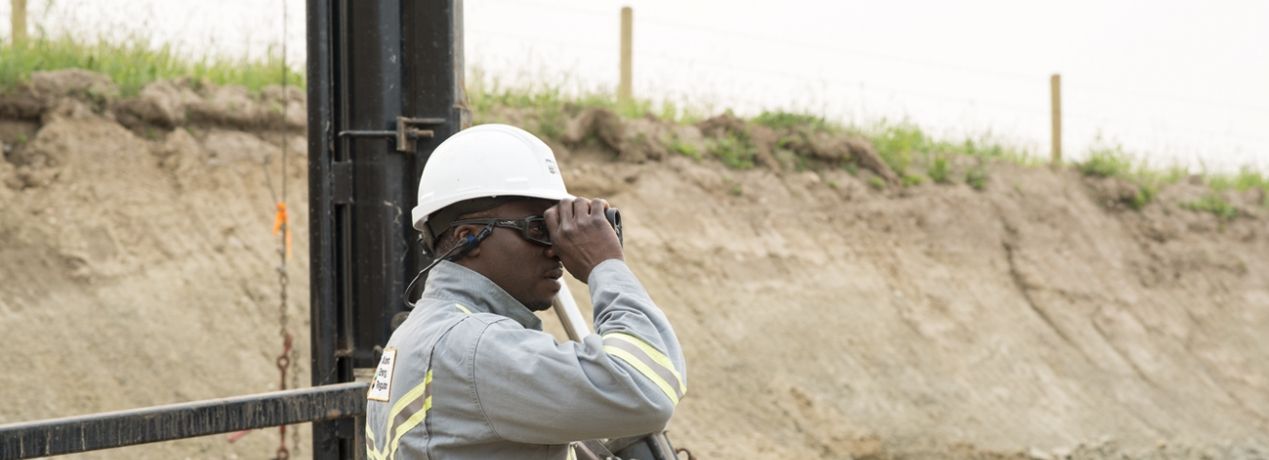When an energy incident occurs, it’s our job to figure out what happened and why it happened, and take the necessary steps to fix it. To do this, we often conduct an investigation.
Our investigators gather evidence to piece together the facts. They are law enforcement officers, who have the authority to apply for search warrants, lay charges, and serve court summonses.
After we’ve closed an investigation, we’ll publish an investigation report and list the actions that we took on our Compliance Dashboard.
How We Conduct an Investigation
To investigate an incident, our investigators must
- examine the root cause of the incident,
- determine whether a regulation has been broken,
- identify the responsible parties, and
- identify ways to improve industry practices to prevent the incident from happening again.
Fact Gathering
The initial phase of an investigation involves gathering all the information about the incident. This part of the process takes time. An investigation can take between three months and two years, the maximum amount of time legally allowed.
Investigators conduct site visits, assess incident response activities, interview key people, and gather historical and background information. Important questions must be answered, such as the following:
- Did the incident have an adverse effect on the environment?
- Did the company fail to report required information?
- Did the company intentionally provide false or misleading information?
- Was the incident preventable?
- Did the company take the necessary steps to prevent the incident from occurring (practice due diligence)?
Investigation Reporting
When an investigation is complete, we’ll share what we learned with whoever is responsible, and with the industry as a whole, to help prevent similar incidents in the future. We’ll also write an investigation report and share it on our Compliance Dashboard. These reports include any compliance and enforcement actions that we take as a result of our findings. Our tools or actions might include
- warning letters;
- administrative penalties;
- orders (legal documents that instruct specific actions);
- suspensions, cancellations, or restrictions on a licence, permit, or approval; and
- prosecutions in provincial court.
Court Proceeding
If charges are laid, the investigation moves to a courtroom. The Crown prosecutor and defence counsel review the AER’s investigation file and ultimately present their cases to the court. At the end of the proceeding, it’s the court’s responsibility—not ours—to decide if the company is guilty. As with any court case, companies can appeal certain decisions.
Any penalty issued to a company is also decided by the judge; it usually includes a monetary fine that is paid directly to the court. Sometimes, a portion of the fine can be diverted to fund creative sentencing initiatives. Under creative sentencing, a company might be ordered to
- take specific action to remedy or prevent environmental harm related to the event;
- publish the facts of the conviction;
- perform community service (e.g., fund educational programs); and
- comply with any other conditions that the court deems as appropriate.
Learn More
Find our investigations on our Compliance Dashboard. For older investigation reports, please visit our Reports page. We also share details about our major investigations on the following pages:
Contact Us
If you have questions, please contact our Customer Contact Centre.


